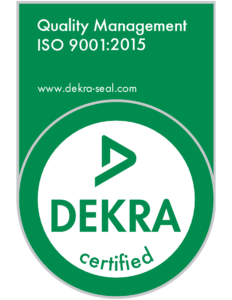Hygroscopicity is the ability of a material to absorb moisture from the environment. In ultrasonic welding, the presence of moisture can have a significant impact on the quality of the weld.
When a plastic material with high hygroscopicity is used for ultrasonic welding, the moisture absorbed by the material can lead to a decrease in the melting temperature of the plastic. This can cause the plastic to melt prematurely during the welding process, resulting in incomplete welds or weak joints.
In addition, the presence of moisture in the plastic material can cause it to expand rapidly during the welding process, leading to the formation of voids or defects in the weld. This can compromise the strength and integrity of the joint.
To minimize the impact of hygroscopicity on ultrasonic welding, it is important to store plastic materials in a dry environment and to ensure that they are properly dried before use. This can be done using specialized drying equipment, such as desiccant dryers or hot air dryers, which can remove moisture from the plastic material.
In addition, some plastic materials with high hygroscopicity may require preheating before ultrasonic welding to help remove any remaining moisture and improve the quality of the weld. Overall, minimizing the impact of hygroscopicity is essential for producing high-quality ultrasonic welds and ensuring the long-term performance and durability of welded products.

